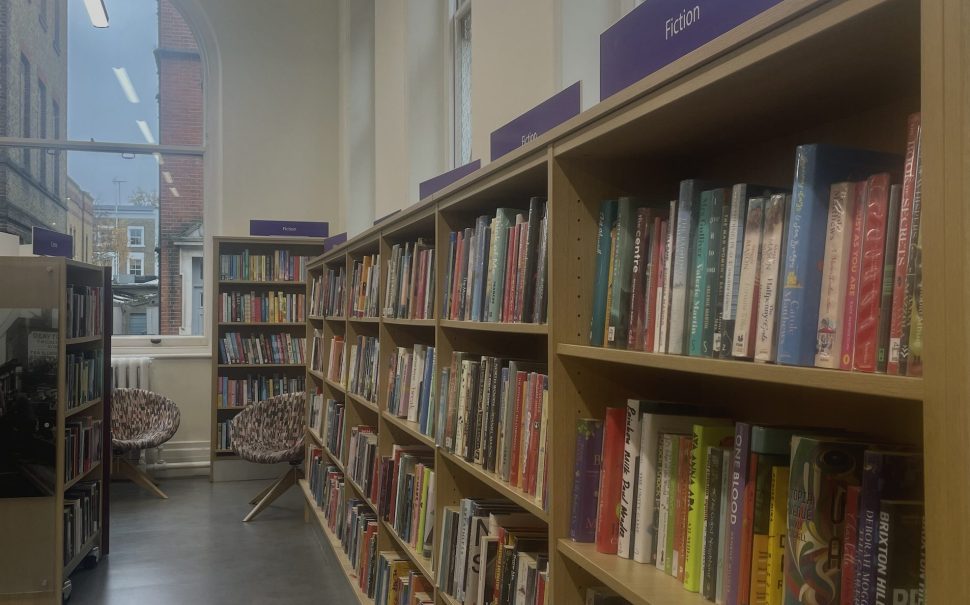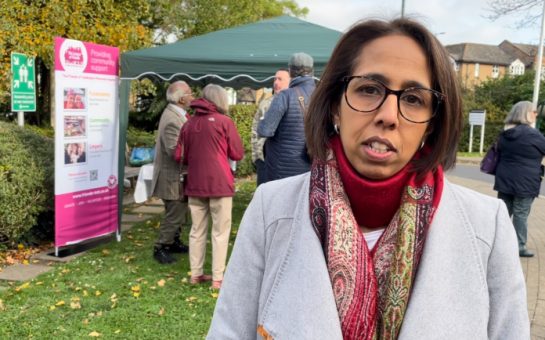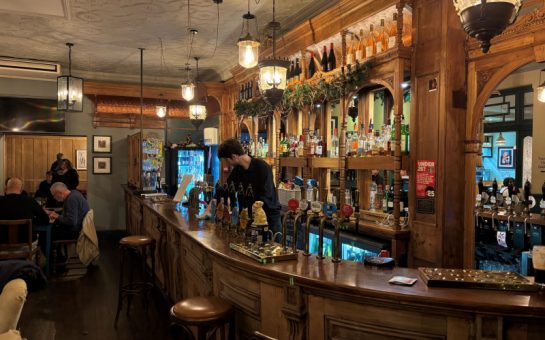Physical visits to UK public libraries have increased, as a result of falling concerns over Covid-19 according to data from the Department for Digital, Culture, Media and Sport (DCMS).
The DCMS’ Annual Participation Survey showed a 6% rise in physical visits to public and mobile libraries, increasing from 19% in 2022-2023 to 25% in 2023-2024.

The data also suggested a positive correlation between the visits to libraries in person and a decrease in concerns over Covid-19.
In 2021-2023, 23% of respondents said their concerns over Covid-19 and the restrictions at the time, were one of the barriers deterring them from visiting public libraries in person.
However, this figure fell to just 1% in 2024, suggesting a positive correlation between physical visits to the library and the fall in COVID-19 concerns this year.

The data also showed that public libraries have been increasingly used as a space for studying.
In 2023/24, 19% of respondents reported using the library as a work or study space, which was an increase from the previous years whereby 16% said they had used libraries for this purpose in 2022/23 and 15% in 2021/22.

Ellie Reeder, 21, a final year university student said: “I love the library.
“I used to hate going to the library during my first year of university as found them quite daunting but once I started going with my friend, who is also a student, I found it so calming and peaceful.
“I now go all the time to study, often in between classes and if I need to get lots done and concentrate.
“I especially love how there are different zones to suit what study vibe you need in the library.”
She added that although she uses libraries as a study space to complete her academic work, she sources most of her research and articles using online databases, rather than searching through physical books and borrowing them from the library.
However, Reeder said that despite not doing it very often and only when she can’t find what she is looking for online, she has always found the process of borrowing, returning and renewing them very easy to navigate.
Maria Clarke, also a university student, said she rarely visits the library, noting it is often too cold for her.
Clarke further noted that the libraries she has visited previously have had a reduced amount of sensory-friendly space, which, if were to be improved, would incentivise her to use the library as a space to study.
Despite an increase in physical visits to libraries, the percentage of respondents who borrowed returned, or browsed items in person declined by 10%, dropping from 72% in 2021-2022 to 70% in 2022/23 and 60% in 2023/24.
This further supports the suggestion that visitors are increasingly using libraries for purposes other than traditional book borrowing.
Christopher Giles, aged 61, said his main purpose for visiting the library is to use the photocopier as opposed to browsing or borrowing books.
Physical engagement with literary events in public libraries in South West London
Although physical book borrowing in libraries has seen a decrease, library events, such as reading and author talks are one of the factors bringing visitors to libraries in person.
In Richmond upon Thames, more than a third of adults said they had visited a public library building or mobile library in person from April 2022 to March 2024 – the third-highest of all the London boroughs.
However, the percentage of adults who used public library services digitally or online in Richmond upon Thames was 18%, half the number of physical visits.
Richmond Reads, an annual season of events celebrating the benefits of reading has played a significant role in encouraging physical engagement within public libraries in the borough.
Taking place across libraries in Richmond upon Thames some of the authors who participated in Richmond Reads this year included, Clare Chambers, Louise Candlish, A.J. West, Elizabeth Macneal and Vaseem Khan, many of whom shared insights into their literary careers and latest works.
Another author who attended this year was Nikki Smith, who discussed her latest book The Guests with fellow writer, Louise Candlish.
Smith said she grew up borrowing books from a mobile library that came weekly where she lived, leading her to discover a love for books and reading at a very early age.
Smith remarked initiatives like Richmond Reads are a wonderful opportunity for readers to meet authors face-to-face and provide the chance for them to ask authors questions about their work.
She said: “Authors aren’t paid for these events – we do them because we love meeting readers, but I think readers are also perhaps more likely to go on and buy or borrow a book from an author they have met and felt they connected with on a more personal level.
“Average author income has currently dropped to just £7,000 per year and we receive a small payment each time our books are borrowed from a library, so they are hugely important to authors for financial reasons, as well as being a wonderful way for readers to find us.
“But apart from their value to authors, libraries are also an extremely valuable resource in every single community and it is extremely worrying when we hear constantly about funding cuts and libraries being forced to close or reduce their hours of operation.”
Children and young people’s engagement within libraries
One of the aims is to increase not just physical engagement with libraries, but to do so among children and young people.
Martin Galway, Head of School Programmes at the National Literacy Trust said: “We are expanding and deepening our work in schools and communities to support more children and young people to enjoy reading and develop greater confidence, to give them the skills they need to succeed in life.
“This includes growing our work with the Libraries for Primaries campaign, with the aim to ensure every primary school in the UK has a dedicated library space by 2028, as school libraries can play a crucial role in inspiring children and creating a reading for pleasure culture in our society.”
Image credit: Nadia Sayed





